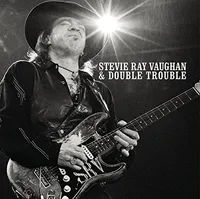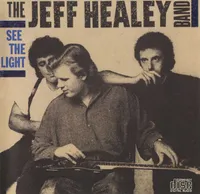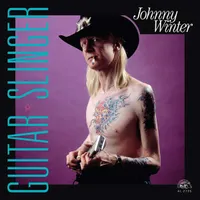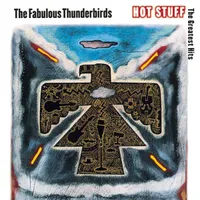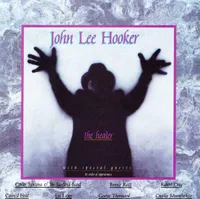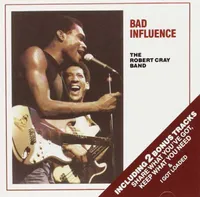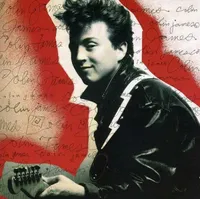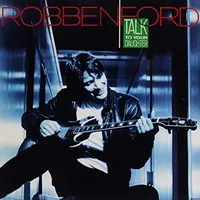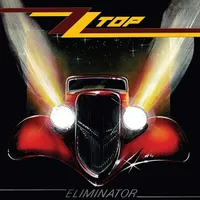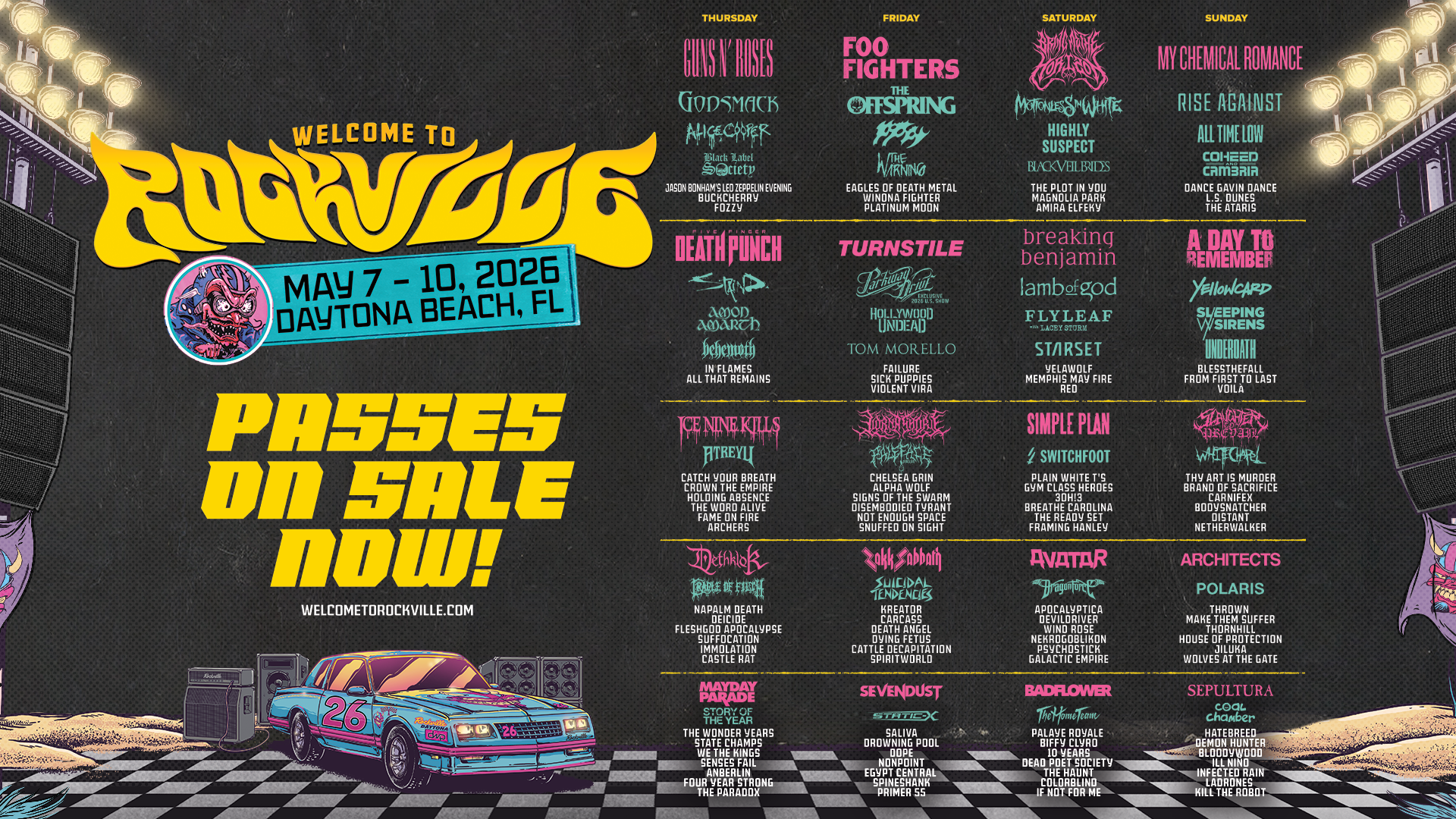The decade the blues mutated: A beginners' guide to 80s blues in 10 essential albums
The 80s also saw the blues transform like never before, with Stevie Ray Vaughan drawing in hard rockers and purists alike and Robert Cray taking it to the masses
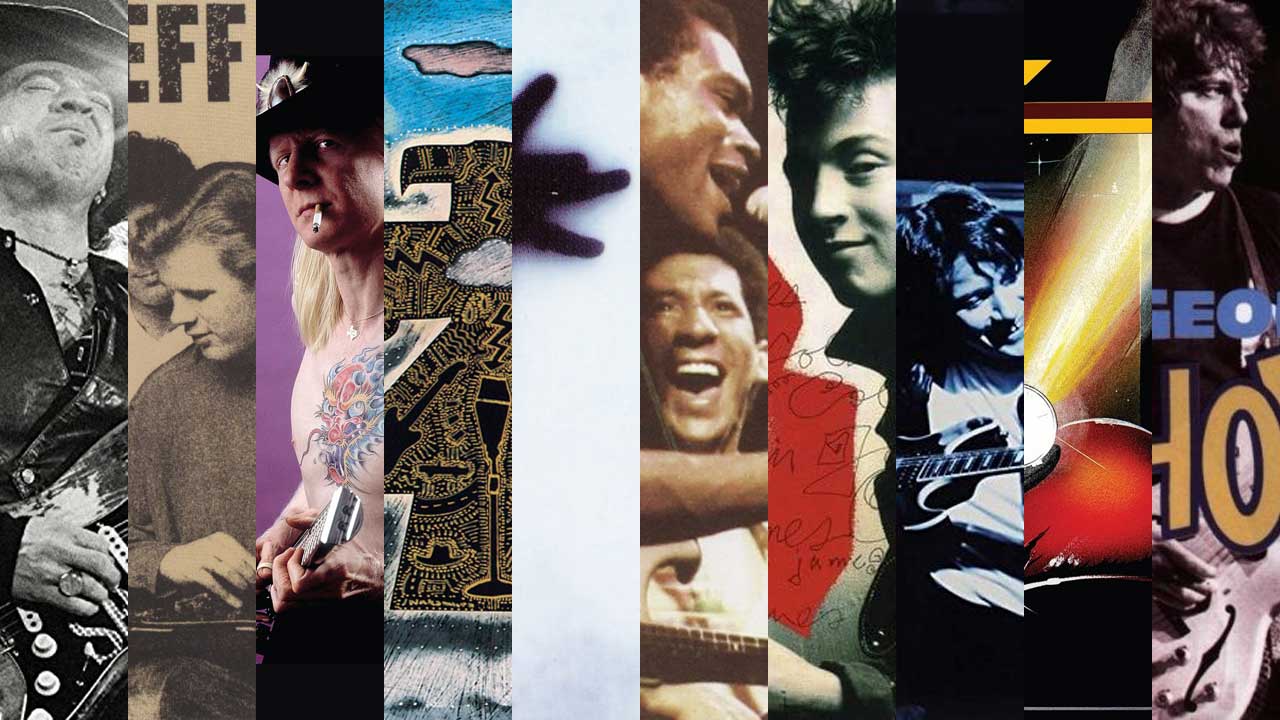
While the blues had been the essential touchstone of 60s rock, inspiring the major players from the Rolling Stones and Cream to Jimi Hendrix and early Led Zeppelin, it had steadily fallen from grace during the following decade. Prog, punk, disco and heavy metal successively took centre stage, and the rise of the synth signalled the demotion of the guitar.
But deep in the American heartland there was a revolution brewing, which would produce a barrage of new six-string heroes. Leading the charge in 1983 was a 29-year-old Texan who rewrote the blues rules with the power of Jimi Hendrix, the soul of Albert King and a sackful of further influences from Lonnie Mack to Kenny Burrell.
‘Discovered’ by Mick Jagger and Keith Richards in a Dallas club, Stevie Ray Vaughan transformed the genre, becoming a superstar following his 1983 album Texas Flood, the most impressive blues debut since Eric Clapton on John Mayall’s Bluesbreakers back in 1966.
The 80s also saw the blues mutate like never before. While Stevie Ray Vaughan drew in hard rockers and purists alike, Robert Cray took the blues to the masses, with 1986’s Strong Persuader becoming a million-selling success. And let’s not forget ZZ Top’s make-over from rednecks to cheeky, chart-friendly blues rockers.
Meanwhile, having dabbled in jazz fusion with The Yellowjackets, session ace Robben Ford brought a sophistication to the blues when he went back to his roots for his debut solo album. At the other extreme, George Thorogood supercharged a supply of Chuck Berry, Bo Diddley and John Lee Hooker standards with his searing slide-guitar style.
As the dust was settling, a blind Canadian upped the ante with an extraordinary two-handed style. Playing with his guitar on his lap, Jeff Healey saw out the decade with renditions of his heroes, while scoring mainstream success with his songwriting.
The new blues scene prompted John Lee Hooker to reinvent himself as the elder statesman of the blues. With Carlos Santana, Keith Richards and Bonnie Raitt among the stars guesting his album The Healer, the record became a blueprint for a string of celebrity blues collaborations in the following decade.
All that was missing was another British Blues Boom. Apart from the highlights on 1985’s Behind The Sun, Eric Clapton was largely overshadowed by the action on the other side of the Atlantic. At least until his performance at Live Aid sparked his revival and a welcome return to recording form with Journeyman.
Waiting in the wings was the next British Blues God, Gary Moore, preparing to ditch his heavy metal halo as the 90s dawned. But that’ll have to wait.

Stevie Ray Vaughan And Double Trouble - Greatest Hits Vol. 1 (Epic, 1995)
While Texas Flood is his definitive landmark, this collection picks the best from the four albums he released before his tragic death in 1990.
It’s a showcase of his trademark supercharged shuffles such as Pride And Joy, as well as the cock-sure rock of Couldn’t Stand The Weather and the radio-friendly Crossfire and Tightrope that marked his 1989 return to form on In Step. Not forgetting that epic cover of Hendrix’s Little Wing. But Vaughan’s legacy runs deep, and it’s no surprise that Volume 2 is just as indispensable.
Jeff Healey - See The Light (Arista, 1988)
Just as guitarists thought they’d seen it all, in 1988 along came the frenzied onslaught of a blind Canadian whose two-handed ‘lap style’ brought yet more originality to the genre.
While raised on a diet of Freddy King, Clapton and Hendrix, on this debut 22-year-old Healey covered all the bases, from the storming Hideaway and the title track, to the delicate ballad Angel Eyes that even made the pop charts. But it was the album’s opener, a take on John Hiatt’s Confidence Man – arguably the most exhilarating blues rock track of the decade – for which Healey will be remembered.
Johnny Winter - Guitar Slinger (Alligator, 1984)
Dubbed The Great White Hope as the main challenger to Hendrix’s guitar crown in the late 60s, the albino prodigy had to do it all over again in the wake of fellow Texan Stevie Ray Vaughan. Having overcome drug abuse and four years in the recording wilderness, Winter made a blisteringly raw return to his bluesy roots with this, the first of three 80s albums on the Alligator label.
The seamless solo lines on Boot Hill, the searing slide on It’s My Life, Baby and the aching drama of Kiss Tomorrow Goodbye are among the most technically spell-binding and passionate recordings in Winter’s phenomenal catalogue.
The Fabulous Thunderbirds - Hot Stuff: The Greatest Hits (Epic Associated, 1992)
Featuring the effortlessly understated guitar of SRV’s big brother Jimmie Vaughan and the sublime harmonica of Kim Wilson, the T-Birds were integral to the blues revival, with their blend of R&B, rock’n’roll and funk that crossed over to rock radio. Hot Stuff showcases their mid-80s gems that included Tuff Enuff, Powerful Stuff and Wrap It Up.
If you want to find out why Stevie Ray said: “My brother is my favourite guitarist, and the best rhythm player in the world,” check out this compilation of their first three albums.
John Lee Hooker - The Healer (Chameleon, 1989)
The Delta bluesman had been recording for 40 years by the time this first relaunch album turned him into a superstar. Sure, the success hinged on high-profile collaborations that included everyone from Jimmie Vaughan to Keith Richards.
However, stealing the show are the atmospheric title track with Carlos Santana, and the remake of I’m In the Mood, where Hooker flirts electrifyingly with Bonnie Raitt. Purists turned up their noses as Grammys and beer ads followed, but Hooker’s make-over helped a new generation discover the blues.
Robert Cray - Bad Influence (Hightone, 1983)
While his later, more commercial Strong Persuader would make Cray an overnight star in 1986, this assured Hightone debut first introduced blues fans to his distinctive guitar style and impressive songwriting talent.
The first two tracks alone – the mighty Phone Booth and the subtle title track – would soon be covered by two of his A-list fans, Albert King and Eric Clapton, while March On illustrated the mix of R&B, gospel and Stax soul influences that would later underlie his crossover success. The formula would wane by the next decade, but this definitive early statement was another high point in 80s blues.
Colin James - Colin James (Virgin, 1988)
Challenging Jeff Healey for Canada’s contemporary blues crown was another young prodigy who, by the end of the decade, had shared a stage with Albert King, Hubert Sumlin, Bo Diddley, John Lee Hooker and Stevie Ray.
While the critics focused on the latter’s influence, this forgotten debut delivers a fresh take on everyone from Howlin’ Wolf to Eric Clapton. Mixing technique and charm, here was an accessible debut that peaked with the tear-jerking ballad Why’d You Lie, showcasing James’s high-octane guitar. Inspired by Brian Setzer, James switched tack in the mid-90s for a swing-rock career.
Robben Ford - Talk To Your Daughter (Warner Bros, 1988)
Early 80s jazz-fusion excursions, and session credits that included Miles Davis, George Harrison, Barbra Streisand and Kiss didn’t prevent Ford from delivering the most accomplished blues recording of the era.
From his ballsy cover of Born Under A Bad Sign, through to his jazz-tinged instrumental workout, Revelation, Ford set a benchmark in technique and sophistication. His solos on Help The Poor are as revered among guitarists as Clapton’s Crossroads, while his follow-up albums (with The Blue Line) would confirm him as the most visionary bluesman of the post-SRV era.
ZZ Top - Eliminator (Warner Bros, 1983)
Having traded on their redneck roots during the 70s, the Texas swamp-blues trio of Billy Gibbons, Dusty Hill and Frank Beard underwent one of rock’s most successful make-overs. The MTV generation lapped up the leopard-print coats, Z-logo T-Birds, novelty guitars and leggy models.
The music, meanwhile, had producer Bill Ham bring a metal edge (and even synths!) to their brand of boogie-blues-rock, led by the hits Gimme All Your Lovin’ and Sharp Dressed Man (not forgetting Legs). The formula hit the jackpot, and Eliminator shifted eight million copies to become one of the best-selling rock albums of the decade.
While ZZ Top grabbed the headlines, Thorogood was cleaning up on the roadhouse circuit. With his primal guitar and raw vocals, he was the real deal of redneck blues, tearing through Bo Diddley rhythms and Chuck Berry licks.
On Baddest…, which captures the best of his 80s output, look out for the hilarious segue through John Lee Hooker’s House Rent Boogie/One Bourbon, One Scotch, One Beer and the irresistible If You Don’t Start Drinking (I’m Gonna Leave).
Sign up below to get the latest from Classic Rock, plus exclusive special offers, direct to your inbox!
Dominic Pedler is a freelance writer, author and musicologist, and the author of The Songwriting Secrets Of The Beatles and God Save The Queen: The World's Most Collectible Single: The Fall And Rise Of The Sex Pistols' Infamous Anthem.
